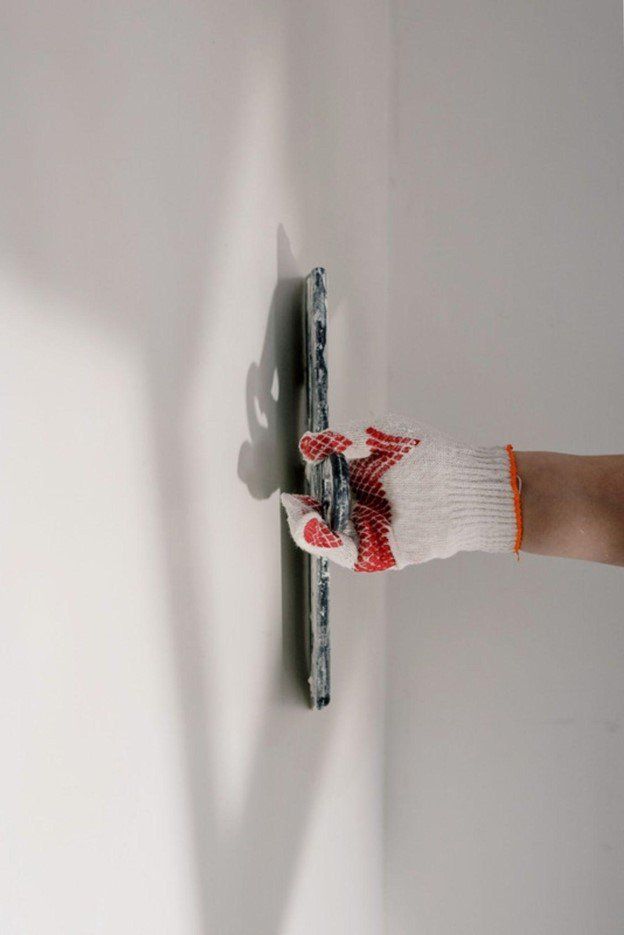Drywallers Kitchener Waterloo Installation and Repair
What is the Purpose of Drywall Mud?
You have no doubt heard the terms “mud” and “tape” in connection with drywall. But what exactly do they mean? If drywall panels are manufactured to be the smooth, flat surfaces that are desirable for most walls, why would you want to plaster them with mud?
Drywall mud, also known as joint compound, is made of the same primary mineral as drywall is - gypsum. Gypsum is combined with water and a few other ingredients to make a pliable paste that dries into a hard, strong solid when the water evaporates. When combined with drywall tape, dried mud has the same basic composition as drywall panels.
As mentioned earlier, sheets of drywall are already smooth, flat surfaces. However, they are rarely large enough to cover an entire wall with one sheet. Herein lies the first use of drywall mud - covering the gaps between sheets of drywall. In order for the entire wall to be a smooth, solid surface, tape and mud must be applied to each drywall seam. Drywall is also typically hung with nails or screws running all the way through each sheet in multiple locations. Mud easily conceals these fasteners as well, returning the face of each drywall sheet to a smooth surface.
In addition to making a wall more aesthetically pleasing, drywall mud seals it against potentially damaging moisture and other contaminants. By placing a strong barrier in the cracks between drywall panels, mud helps to keep moisture (not to mention unwanted guests!) out of your walls. Drywall mud also helps to maintain and enhance the drywall’s fire resistant properties.
Drywall is strong, but it is not immune to chips, cracks, and even holes when subjected to undue force. Drywall mud is a key component for repairing these issues that inevitably arise over time. Chips can be easily filled with a little bit of mud, as can the small nail holes that are left behind when it is time to redecorate a room. Cracks can form in even expertly installed mud with time and the right conditions, but these too can easily be touched up with new mud.
Repairing a large or medium sized hole requires a little more effort, but drywall mud is still a key ingredient in the process. The hole must be cut out to smooth the edges, then a new piece of drywall is cut to fit inside the hole. Once the new piece is secured, mud and tape are used to smooth out the joints just as they would be when installing entire drywall panels on a new wall. With a proper application of mud (and matching paint), no one will ever know there was a hole in the drywall!
Drywall mud is a versatile compound that, when fully dry, closely resembles and imitates the properties of sheets of drywall. Used in both new installations and repairs to existing walls, drywall mud is an essential part of any project involving drywall.
Still have questions?
Our experts are here to help with all your drywall needs!
Request a quote
Contact Us

